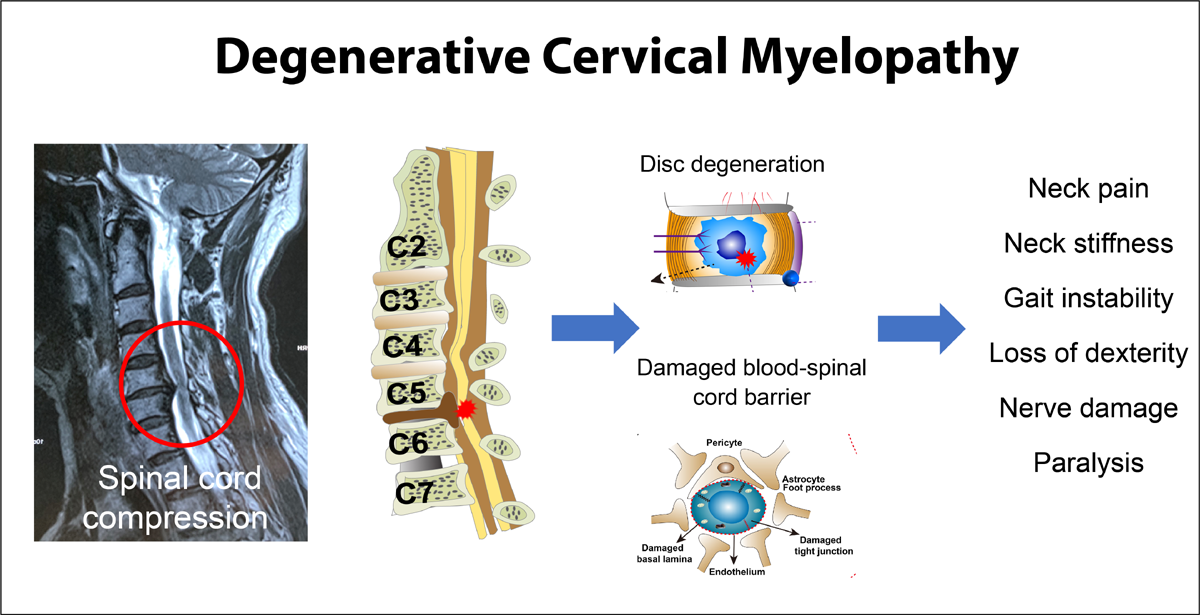Clinical Biomechanics: The Cervical Spine
We would all like to thank Dr. Richard C. Schafer, DC, PhD, FICC for his lifetime commitment to the profession. In the future we will continue to add materials from RC’s copyrighted books for your use.
This is Chapter 7 from RC’s best-selling book:
“Clinical Biomechanics: Musculoskeletal Actions and Reactions”
Second Edition ~ Wiliams & Wilkins
These materials are provided as a service to our profession. There is no charge for individuals to copy and file these materials. However, they cannot be sold or used in any group or commercial venture without written permission from ACAPress.
Chapter 7: CLINICAL BIOMECHANICS OF THE CERVICAL SPINE
This chapter considers those factors that are of biomechanical and related clinical interest imperative to the satisfactory evaluation of common or not infrequent cervical syndromes. The discussion assumes that the physician is skilled in taking a thorough clinical history and performing the basic physical, orthopedic, neurologic, and roentgenographic examination procedures. The kinesiology and kinematics of the neck, the effects and mechanisms of cervical trauma, and a number of clinical problems are discussed that are pertinent to the diagnosis and management of musculoskeletal cervical disorders.
General Aspects of Cervical Trauma
Blows to the head or neck may result in unconsciousness, but most blows do not. Rather, the effect is a “subconcussive” or “punch drunk” effect for a few moments. This state may be the effect of a severe blow to the head or the cumulative effects of many blows. It is assumed that the reader is well acquainted with the proper emergency procedures involved in head and neck trauma.
The anterior and lateral aspects of the neck contain a wide variety of vital structures that have no bony protection. Partial protection is provided by the cervical muscles, the mandible, and the shoulder girdle. After spinal injury, a careful neurologic evaluation must be conducted. Note any signs of impaired consciousness, inequality of pupils, or nystagmus. Do outstretched arms drift unilaterally when the eyes are closed? Standard coordination tests such as finger-to-nose, heel-to-toe, heel-to-knee, and for Romberg’s sign should be conducted, along with superficial and tendon reflex tests. For reference, the segmental functions of the cervical nerves are listed in Table 7.3.
Cervical spine injuries can be classified as being:
CERVICAL CONTUSIONS
Contusions in the neck are similar to those of other areas. They often occur in the cervical muscles or spinous processes. Painful bruising and tender swelling will be found without difficulty, especially if the neck is flexed. They present little biomechanic significance unless severe scarring occurs.
DIRECT NERVE TRAUMA
Nerve trauma occurs from contusion, crushing, or laceration.
Neurapraxia. Recovery of nerve contusion usually occurs within 6 weeks. Nerve contusion may be the result of either a single blow or through persistent compression. Fractures and blunt trauma are often associated with nerve contusion and crush. Peripheral nerve contusions exhibit early symptoms when produced by falls or blows. Late symptoms arise from pressure by callus, scars, or supports. Mild cases produce pain, tingling, and numbness, with some degree of paresthesia. Moderate cases manifest these same symptoms with some degree of motor and/or sensory paralysis and atrophy.
Axonotmesis. After nerve crush, recovery rate is about an inch per month between the site of trauma and the next innervated muscle. If innervation is delayed from this schedule or if the distance is more than a few inches, surgical exploration should be considered.
Neurotmesis. Laceration from sharp or penetrating wounds is less frequently seen than tears from a fractured bone’s fragments. Surgery is usually required. Stretching injury typically features several sites of laceration along the nerve and is usually limited to the brachial plexus.
| Review the complete Chapter (including sketches and Tables) at the ACAPress website |



Leave A Comment